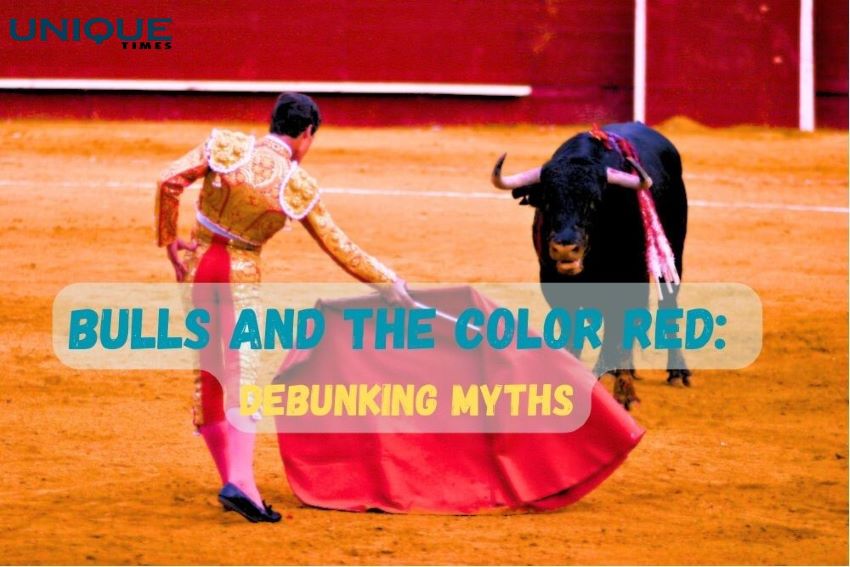Seeing Red: Debunking the Myth of Bull’s Color Perception

When it comes to the animal kingdom, certain myths and misconceptions often take root, perpetuated by popular culture and limited understanding. One such myth revolves around the idea that the color red agitates bulls, driving them into a furious charge. However, the truth is far from this common belief. Bulls, in fact, are color-blind to red and don’t react to the color in the way we might think. Let’s dive into the science behind this misconception and unveil the reality of bull behavior.
Understanding Bull Vision
Bulls, like many other animals, have a type of color vision that differs from humans. They are dichromatic, which means they primarily perceive two colors: blue and green. Red, on the other hand, appears to them as a shade of gray or brown. This color-blindness is due to the distribution of light-sensitive cells in their retinas, which are different from those found in human eyes.
The Origin of the Myth
The idea that bulls are provoked by the color red likely stems from the visual contrast between a matador’s red cape and the surrounding environment in a bullfight. The dramatic waving of the cape and the intense movements of the matador create a visually stimulating spectacle. However, the bull’s reaction is not driven by the color itself but rather by the movement and the presence of the matador.
Bull Behavior and Movement
Bulls are naturally reactive to movement and changes in their environment. The waving of the cape, the matador’s posturing, and the overall activity in the bullring serve as stimuli that elicit a response from the bull. It’s important to note that the bull’s charge is a defensive instinct, as it perceives the matador as a potential threat. The matador’s movements and the cape’s motion play a more significant role in inciting the bull’s behavior than the color of the cape.
Beyond the Myth
Debunking the myth of bulls’ color perception highlights the importance of understanding animal behavior based on scientific evidence rather than assumptions. As humans, we tend to anthropomorphize animals and project our own perceptions onto them. However, acknowledging the differences in how animals perceive the world can lead to more respectful and responsible interactions with them.
A Lesson in Perception
The notion that bulls are enraged by the color red is a classic example of how misinformation can spread and persist. This myth’s origin in cultural practices and entertainment underscores the need to approach animal behavior with scientific accuracy. Ultimately, gaining a deeper understanding of how animals see and experience their surroundings can foster a greater appreciation for their unique perspectives.
In conclusion, the idea that the color red provokes bull rage is a fallacy rooted in human perception rather than the bull’s reality. By recognizing the limits of bull color vision and appreciating the complexity of animal behavior, we can dispel long-held myths and develop a more informed and respectful relationship with the natural world.
Picture Courtesy: Google/images are subject to copyright








